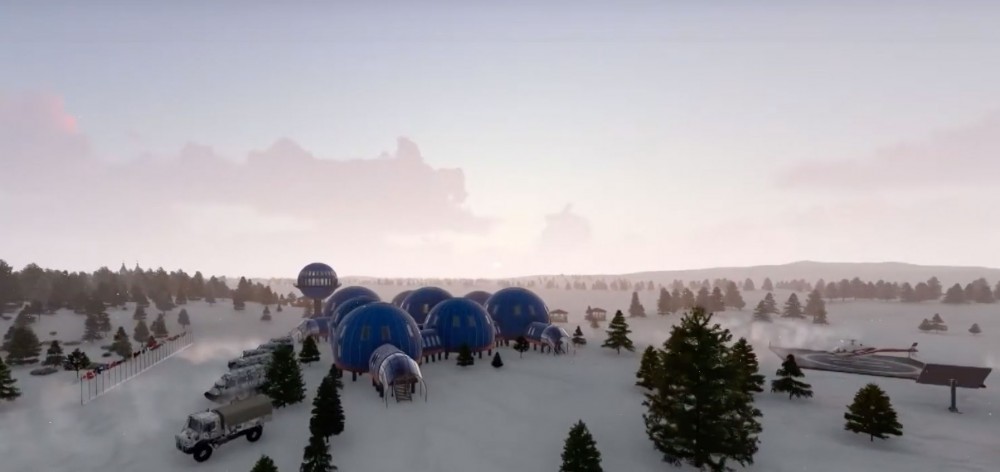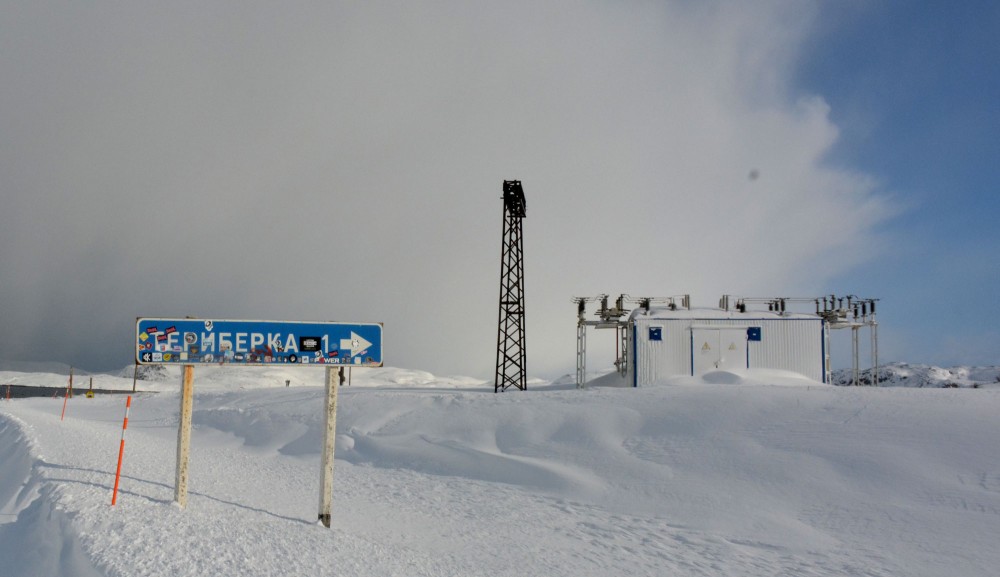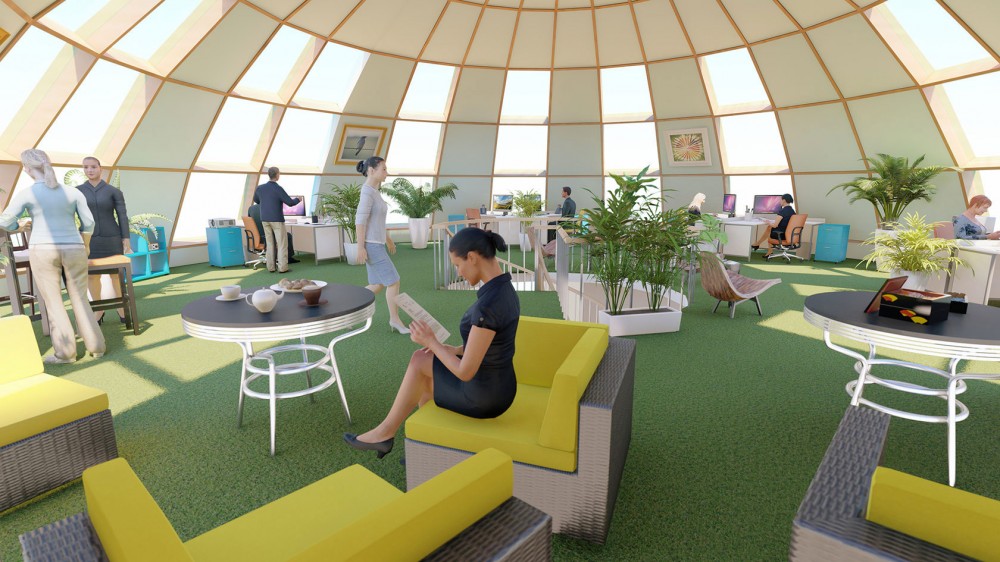Teriberka gets Russia’s second Arctic research station powered by renewables
The five-dome construction would house year-round environmental monitoring and education programs.

The fishing village of Teriberka on the coast of the Barents Sea will be home to Russia’s second snowflake-shaped international Arctic research station, announced Murmansk governor Andrei Chibis during an online media conference about the future of green energy.
The plans are developed in cooperation with the State Commission for the Development of the Arctic, headed by Deputy Prime Minister Yury Trutnev, according to the Murmansk regional government.
Pointing to the fragile ecology of the Arctic, Chibis said it is necessary to intensify research on biological resources, and the shelf deserves special attention. “Therefore, for the decision to create the Snowflake station in Teriberka is fundamentally important.”
With such a research complex, Murmansk region hopes to attract international scientists to come to the Arctic and cooperate on scientific and technical problems of the far north.
Snowflake will be powered by renewable energy, partly coming from a wind farm currently under construction along the road between Murmansk and Teriberka. The wind farm will be the largest in Russia.
The complex will cover 3,000 square meters and will by architecture look similar to Russia’s first Snowflake station soon to be built in the Yamal-Nenets region in Siberia.

